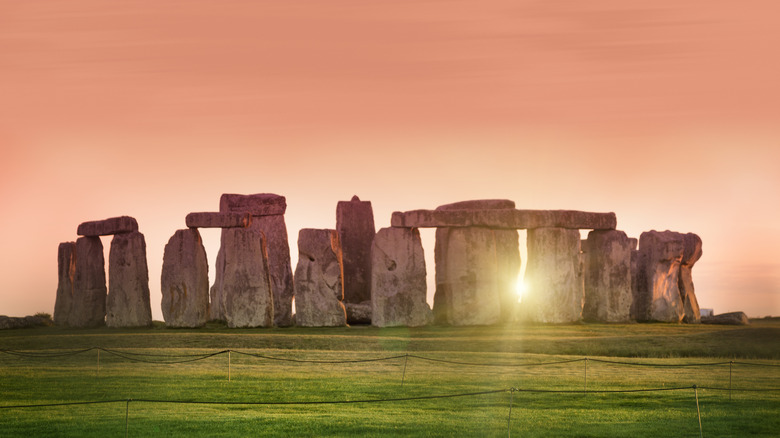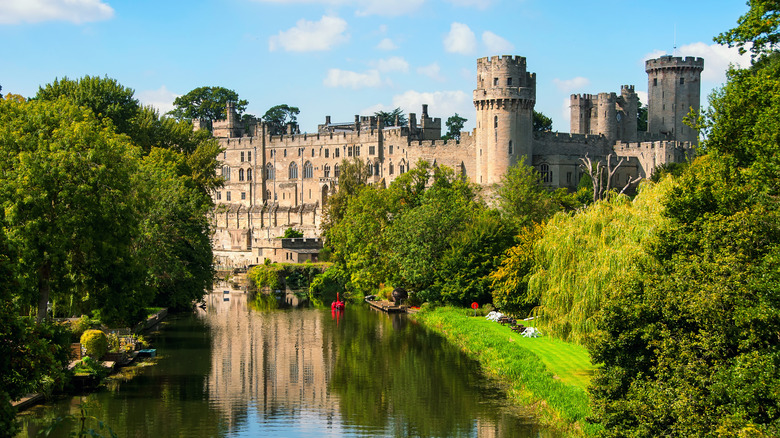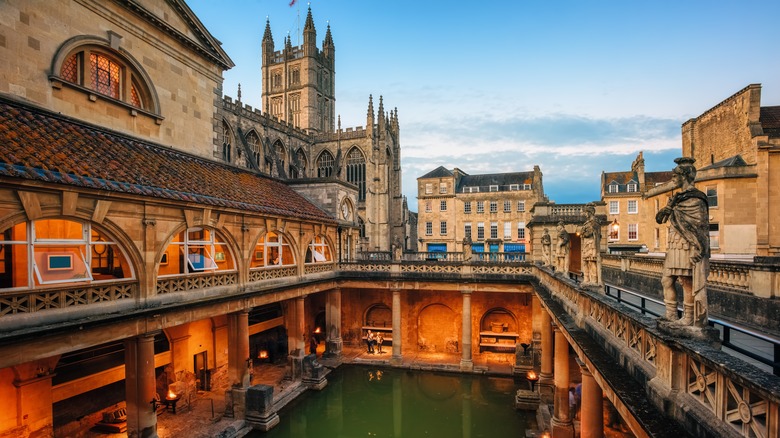Rick Steves has been traveling to Europe for over 50 years and has been celebrating its culture, food, and people through his writing, radio, and TV shows for almost as long. It’s probably safe to say that Steves may know as much about the continent’s landmarks and historic sights as most people who live there. So what advice does he have for history buffs planning to visit England, a relatively small country with so much to see?
On his website, Steves has provided a few helpful itineraries ranging from a three-day flying visit to a three-week tour. With 7,000 years of historic sites packed into the island nation, you could take years trying to fit everything in, so Steves also breaks his picks into subcategories, ranging from the prehistoric enigmas of Stonehenge and Avebury to the Baroque splendor of Blenheim Palace.
To make things easier, he identifies three must-see cities bursting with historical sites and culture: London, Bath, and York. These places form a triangle on the map of the country, and within easy reach of these points are his second-tier and third-tier sights, like a trip to the seaside in Brighton; Ironbridge Gorge, the cradle of the Industrial Revolution in the Midlands; and Hadrian’s Wall in the far north, built by the Romans to keep the rebellious Scots at bay. If you follow Steves’ advice, one of his routes will help maximize a visit to the land of Shakespeare, Darwin, Brunel, and the Fab Four.
Rick Steves’ England: The short version

If you only have a week in Blighty, Rick Steves keeps things simple: three days in London, two days in Bath with trips to nearby sights of interest, and two days in the glorious hills and villages of the Cotswolds. This itinerary is only limited to a narrow corridor between the capital, the Roman bath town in the West Country, and the rolling Area of Outstanding Natural Beauty to the north. However, it does give you a variety of places to visit.
London is arguably the major highlight of any visit to the U.K., and it has an embarrassment of riches for history buffs. Elsewhere on his site, Steves suggests that the best places to see in just three days are the Tower of London, Westminster Abbey, and the Houses of Parliament; Buckingham Palace, the Churchill War Rooms, and the National Gallery on Trafalgar Square; St. Paul’s Cathedral, Shakespeare’s Globe, Tate Modern, and the London Eye. That’s a pretty decent overview, taking you from medieval times at the Bloody Tower to the turn of the millennium with the giant Ferris wheel on the South Bank of the Thames.
Bath is a very walkable city with impressive Georgian architecture and sights like the Roman Baths and Bath Abbey, and makes a good base for visiting Stonehenge, Avebury, Wells, Glastonbury, or Salisbury. Lastly, the Cotswolds is famous for its gorgeous countryside and picturesque villages like Castle Combe, regarded as one of the prettiest towns in all of England.
Rick Steves’ grand tour of England

If you have three weeks to spend touring England by car, you will not only see more historical treasures, but you’ll also get a better insight into the people, food, and culture. Rick Steves’ grand tour starts with just a night in London before driving out to Bath and taking in Stonehenge, Wells, and Glastonbury. The longer itinerary allows time for a sleepover among the dreaming spires of Oxford and a trip to Blenheim Palace before a few days roaming the Cotswolds, staying in the lovely market town of Chipping Campden. Next, you have a chance to visit Shakespeare’s birthplace, Stratford-Upon-Avon, mighty Warwick Castle, and Ironbridge Gorge in the heart of the Black Country.
From here, you will cross the invisible (and hotly debated) border into the north of England for a layover in Liverpool, a vibrant city with a rich maritime heritage and home of the Beatles. Steves only allows for one night before moving on to the Lake District, one of England’s most popular national parks. You’re not far from the Scottish border now, and the northernmost point of the road trip is Hadrian’s Wall before heading down the country again for a night in Durham, another fine cathedral city. Next up is York with almost 2,000 years of history including its Roman walls and magnificent Gothic minster. Then it’s a train ride back for a few nights in the capital, with an option of a day trip from London to Canterbury, Cambridge, or Brighton.

